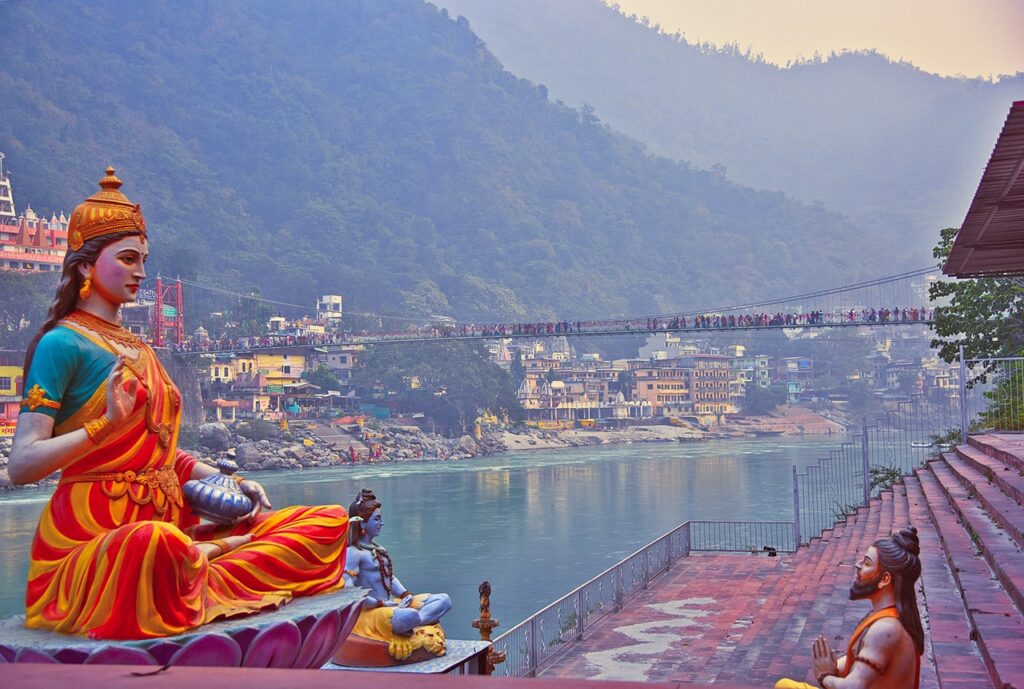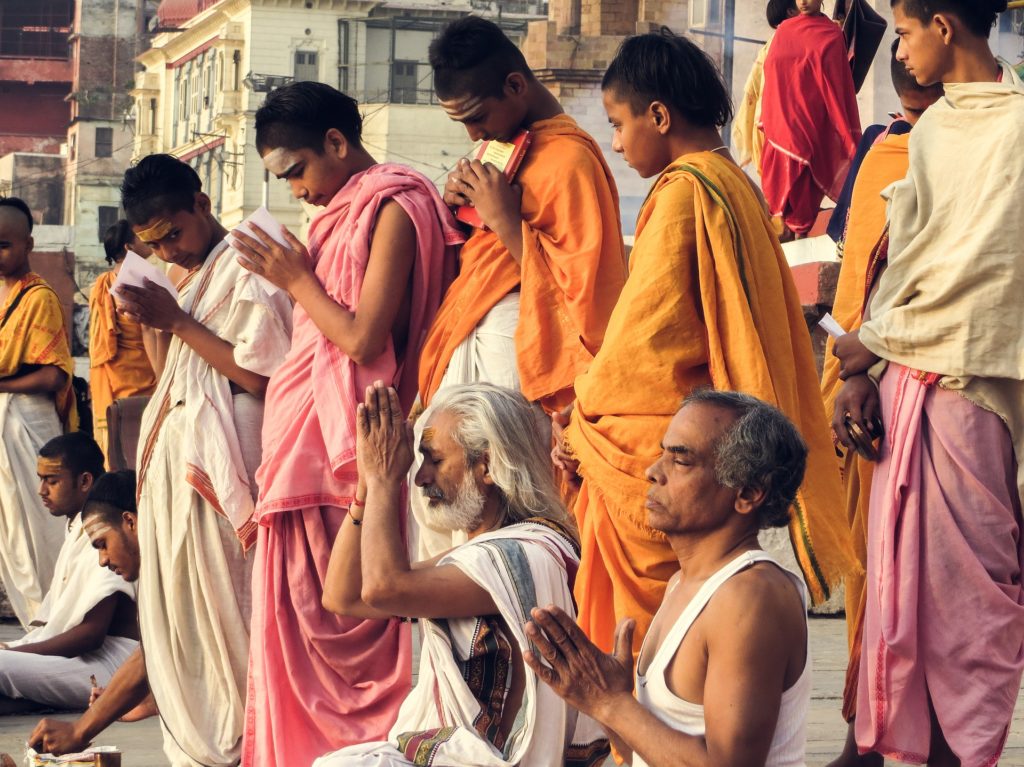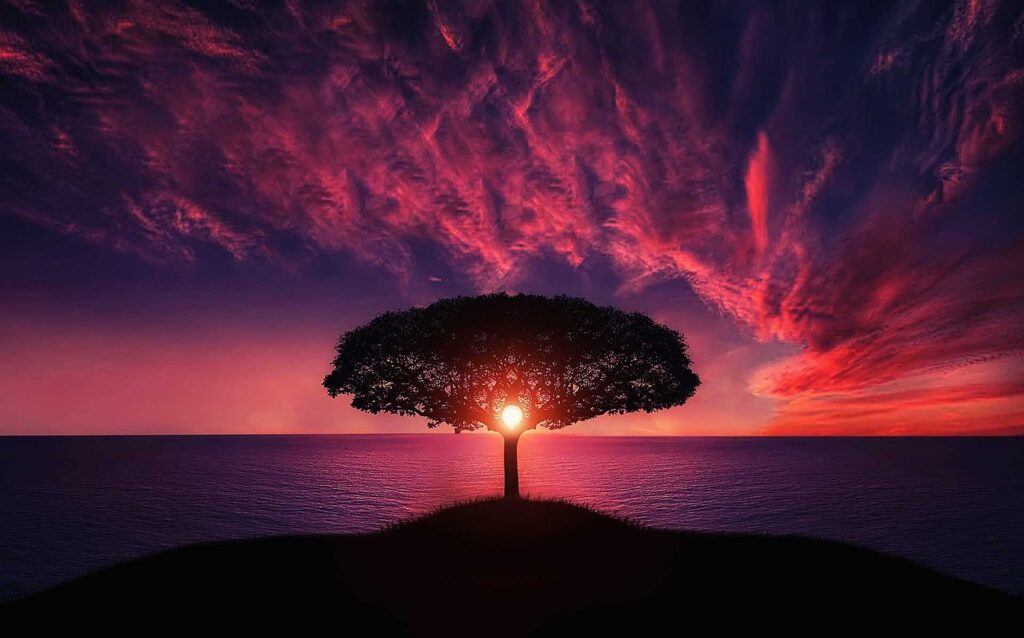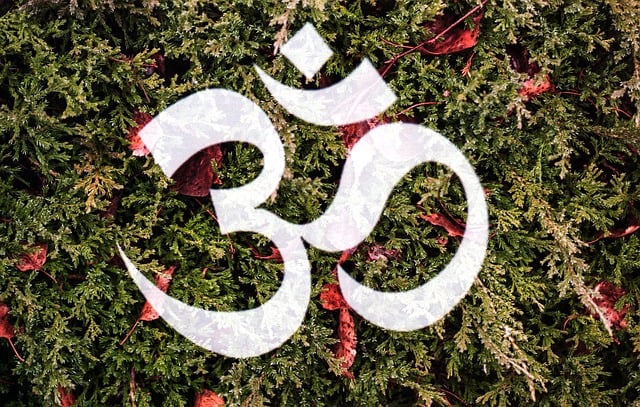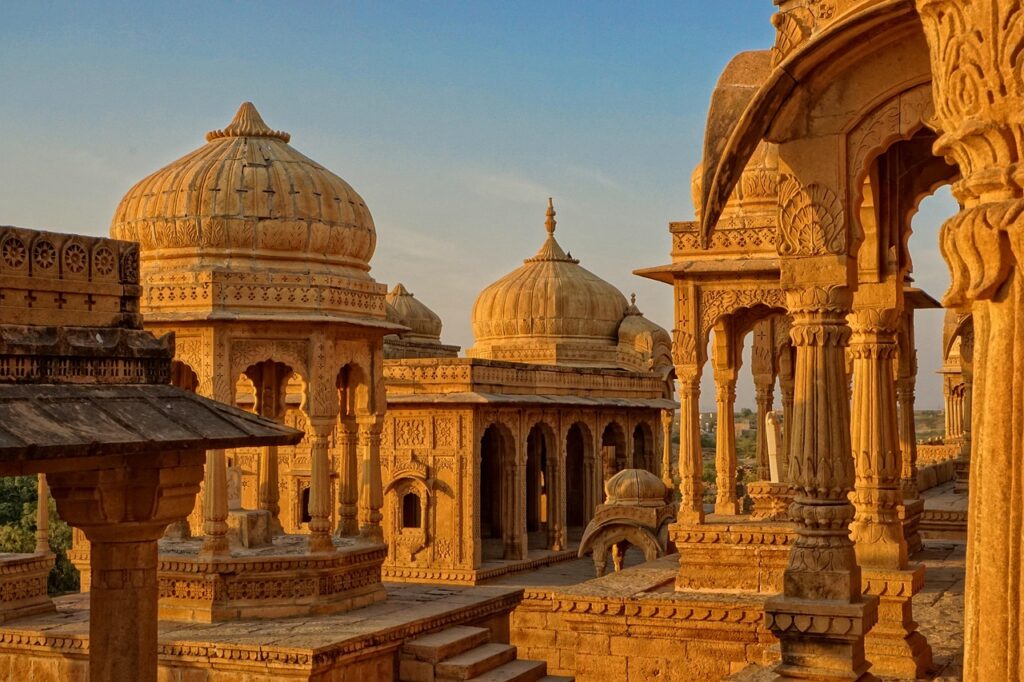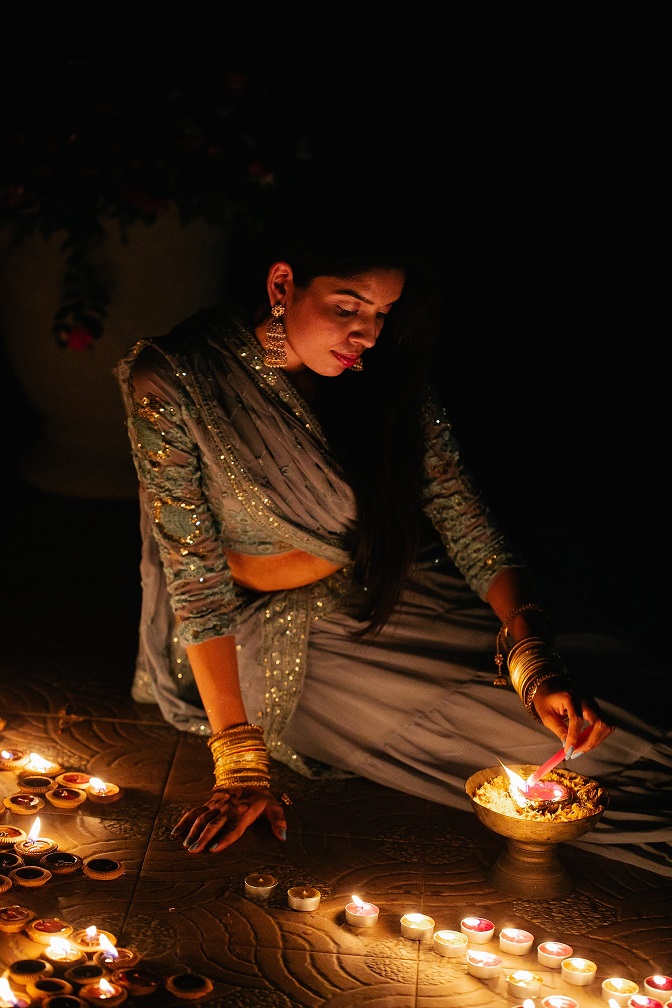
The terms ‘Hinduism’ and ‘Sanatana Dharma‘ are frequently used interchangeably in contemporary times. The term ‘Sanatana Dharma’ is often associated with a particular sect or religion, but we rarely take the time to comprehend its true meaning. While ‘Dharma’ is commonly interpreted as ‘duty’, ‘religion’, or ‘religious duty’, its meaning goes beyond these concise English translations. The root of the Sanskrit word ‘Dharma’ is ‘dhri’, which means ‘to sustain’, and it also implies that which is essential and fundamental to something. ‘Sanatana’ means ‘eternal’, and the phrase ‘Sanatana Dharma’ refers to what is perpetually integral to a living entity. It is timeless, not confined by any boundaries, and not limited to any particular sect. Unlike faith, which can change, ‘Sanatana Dharma’ (commonly referred to as ‘Hinduism’ today) is unchangeable and eternal. The central theme of this article will revolve around the Hindu beliefs that are considered to be the most significant, as we explore the 10 key principles of Hinduism.
